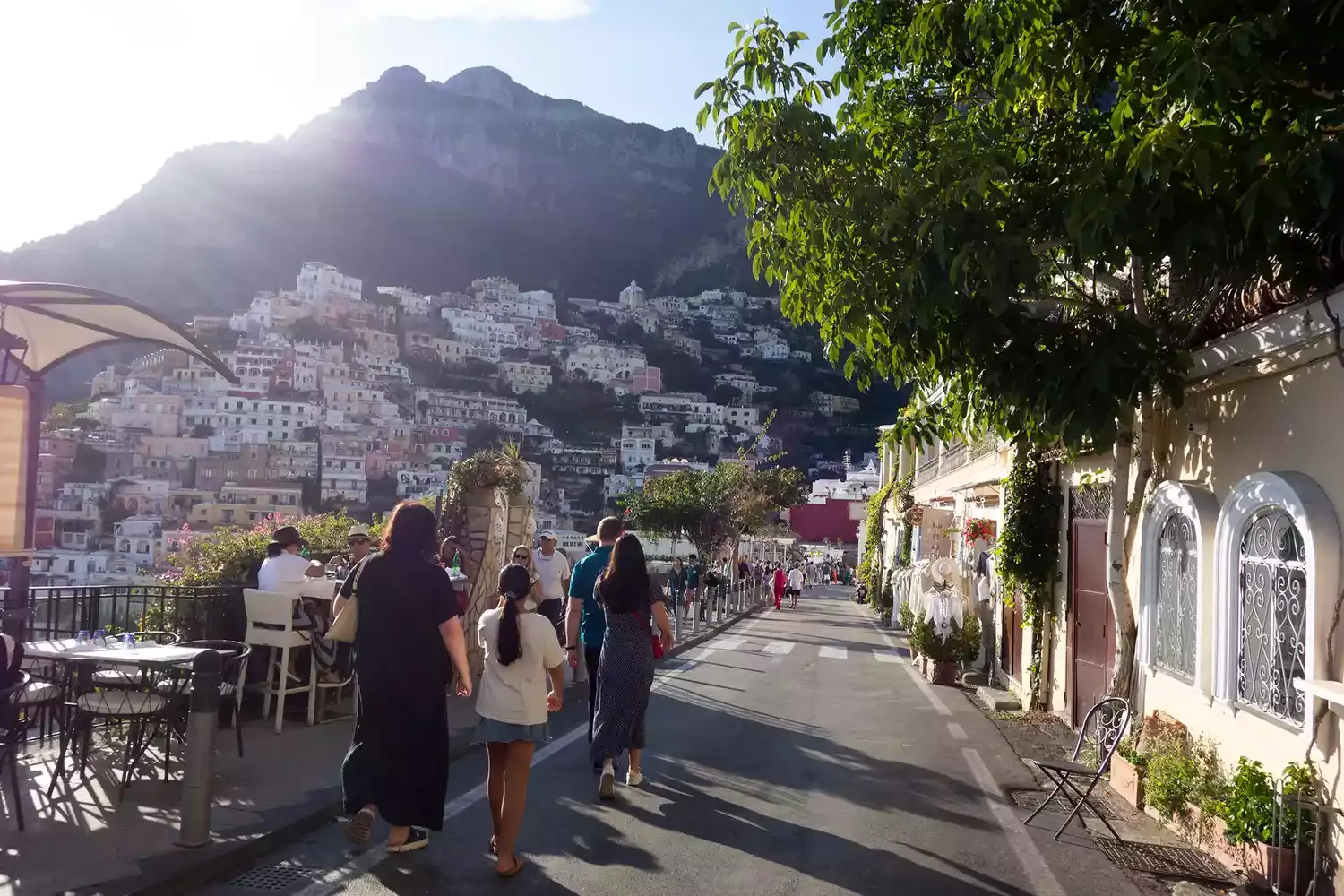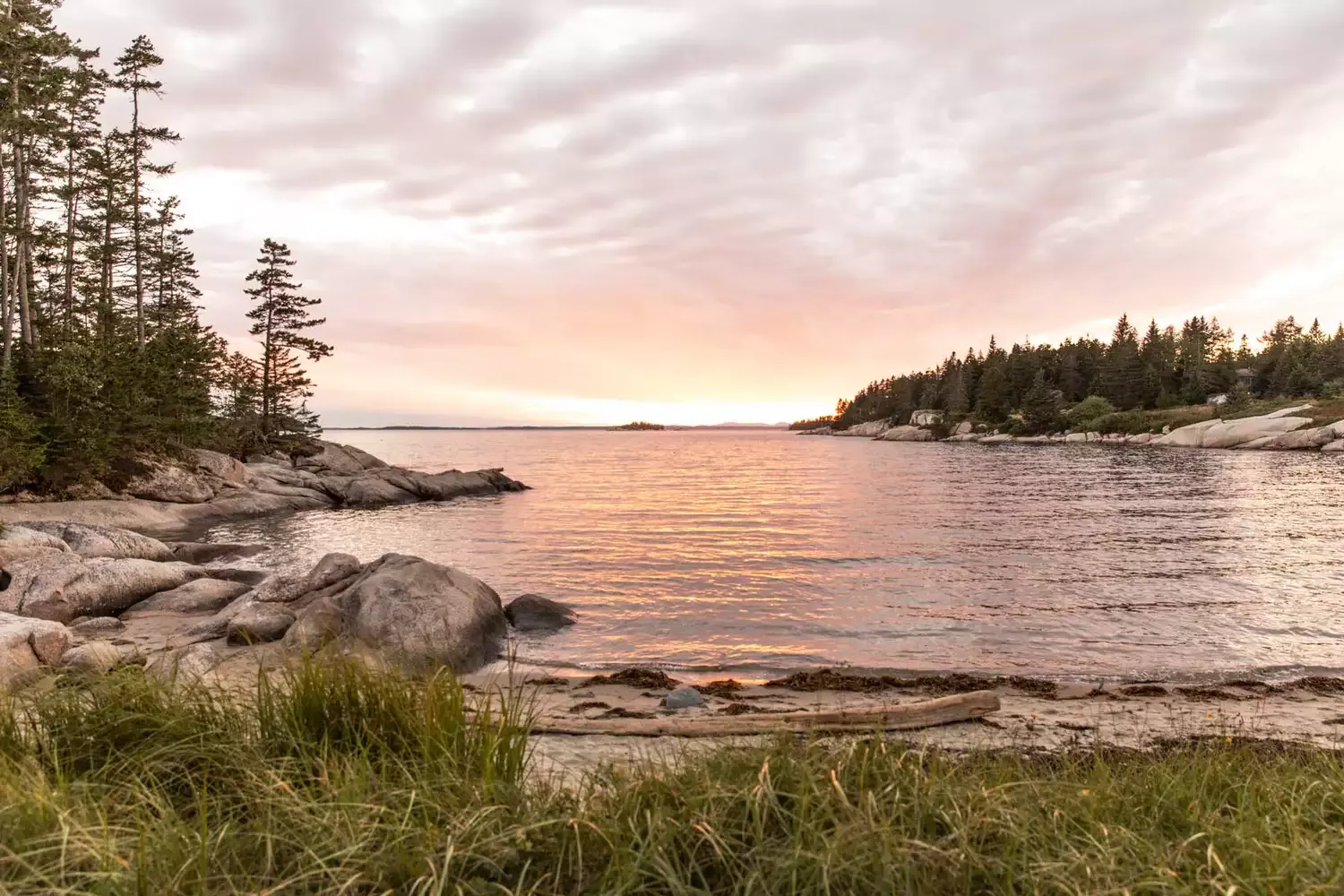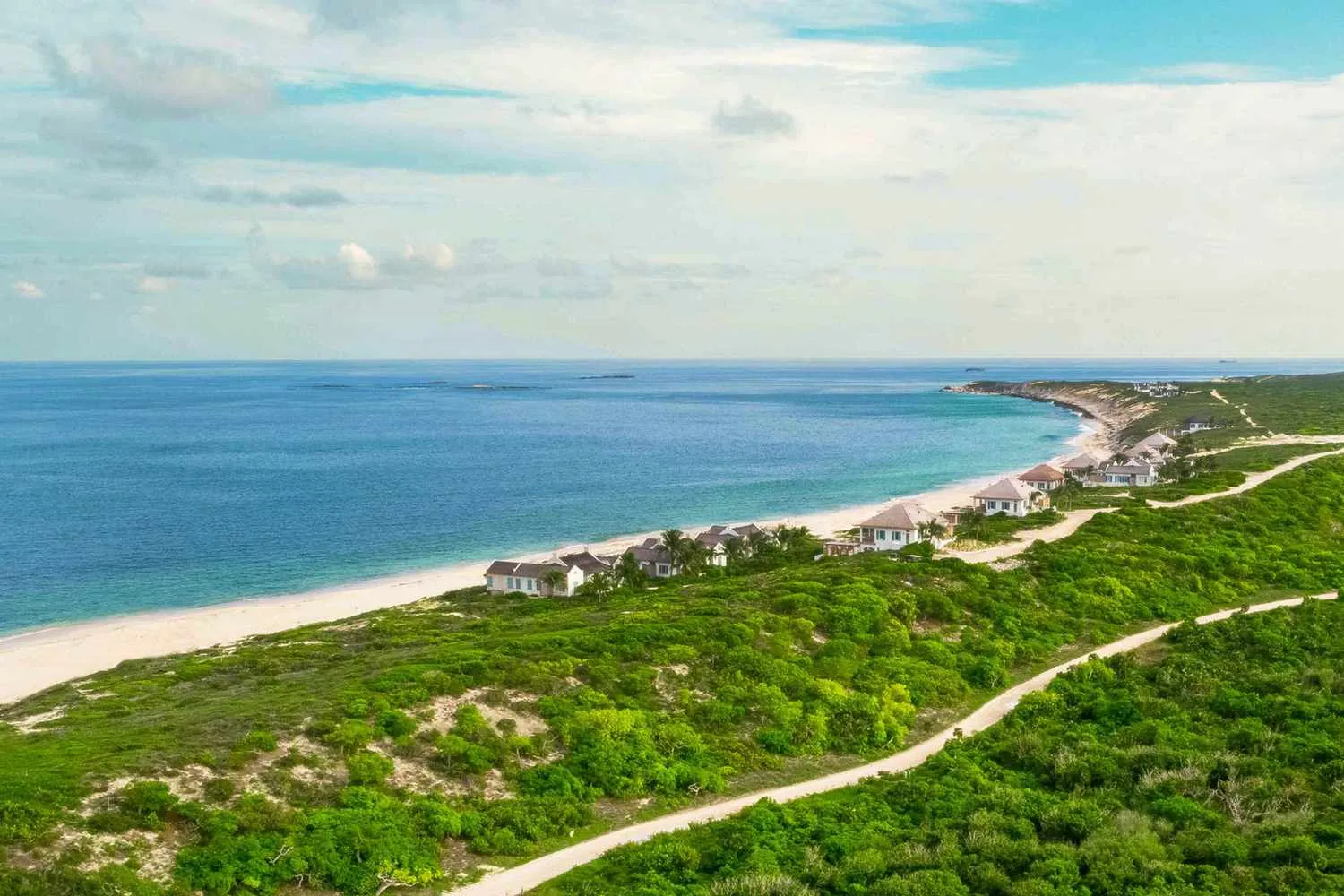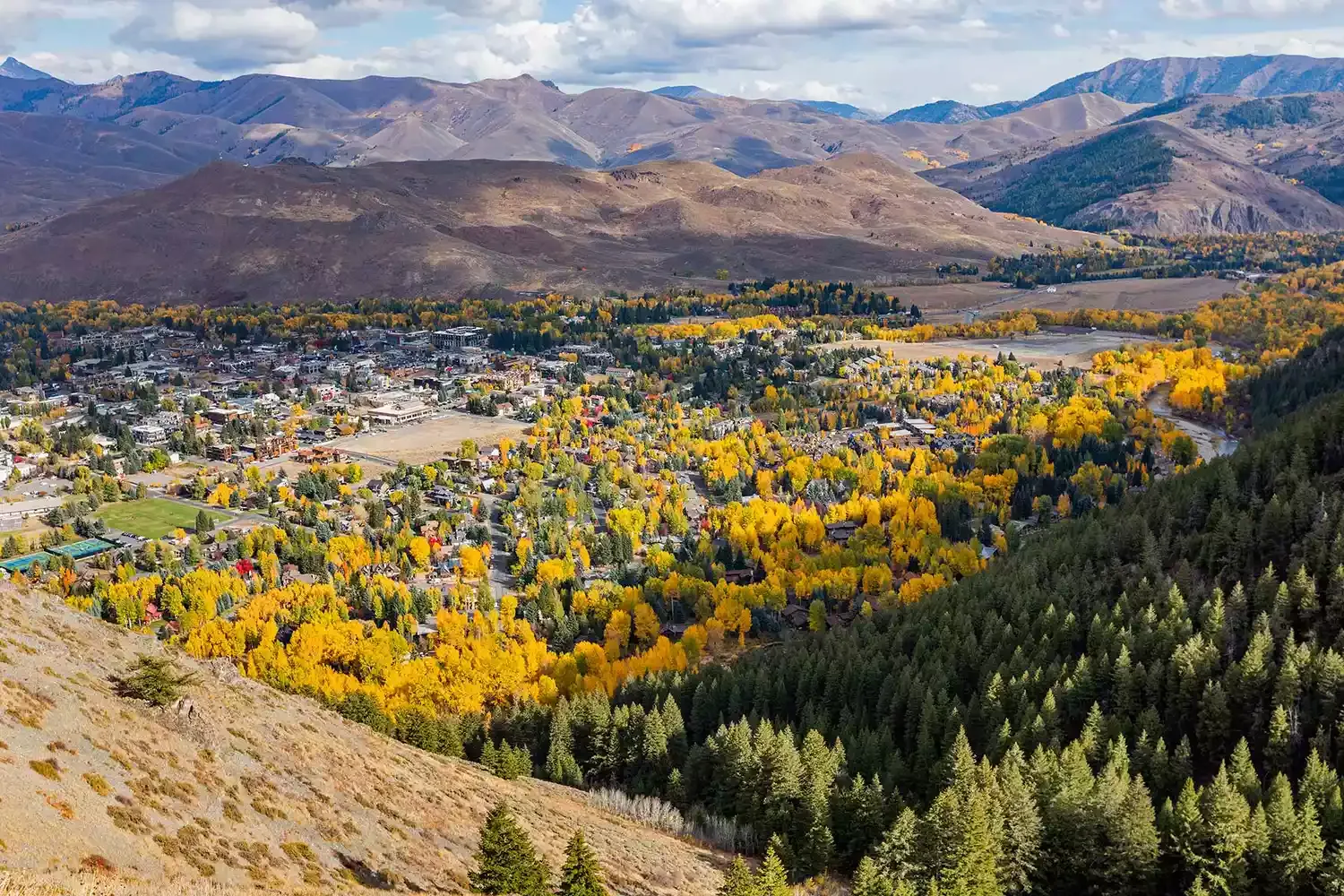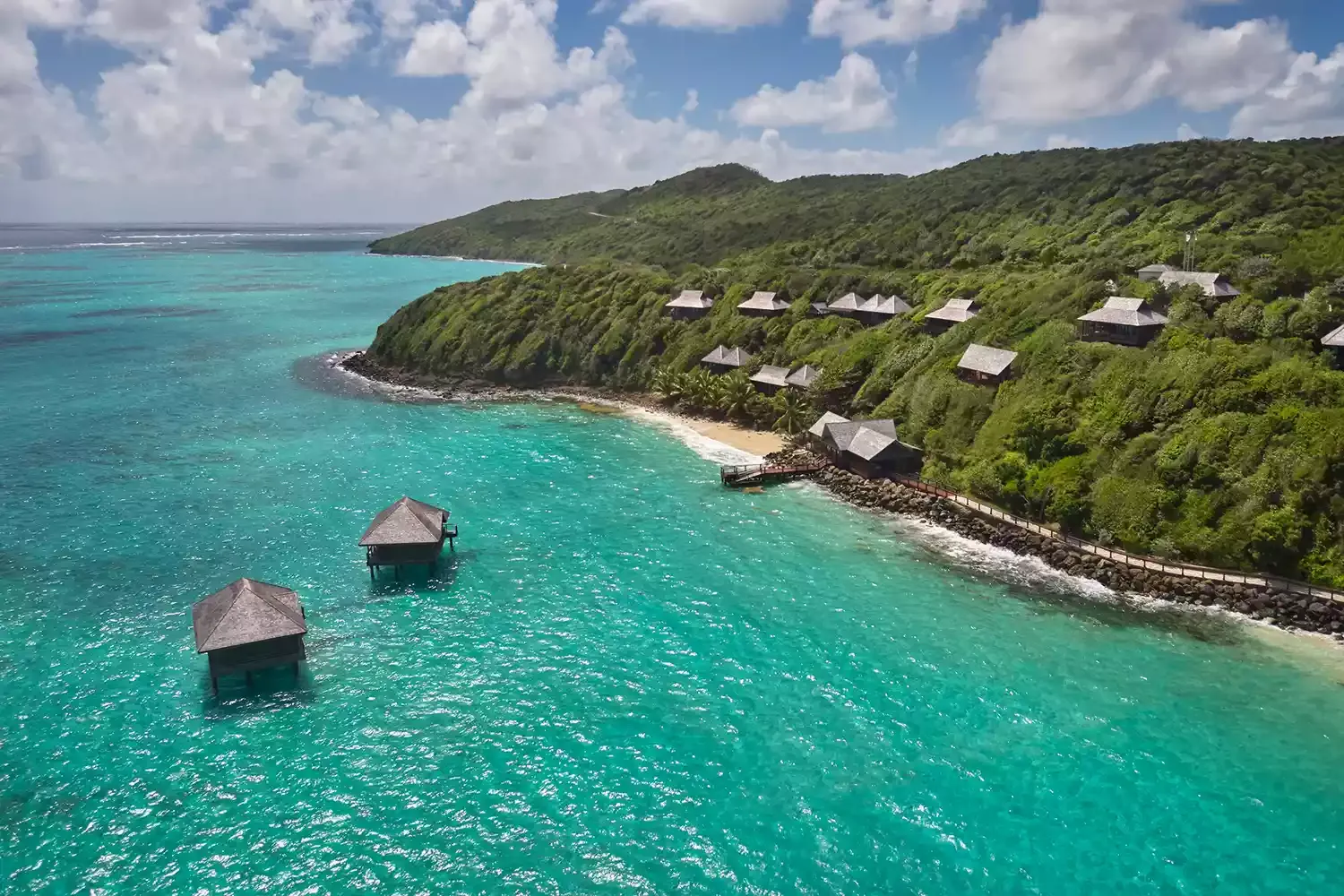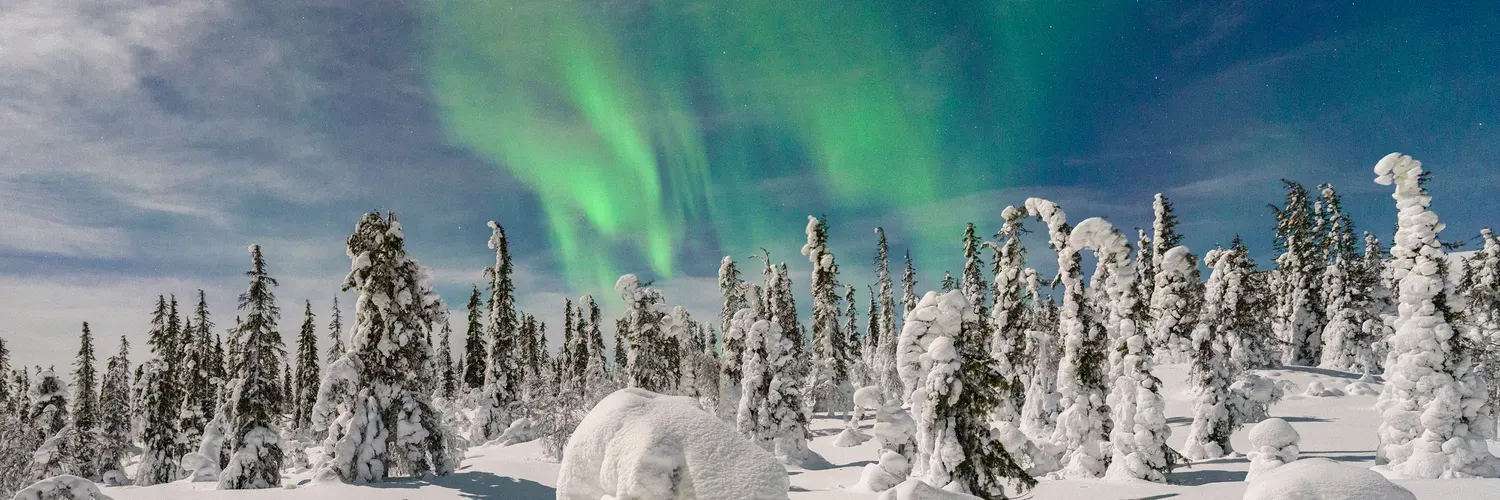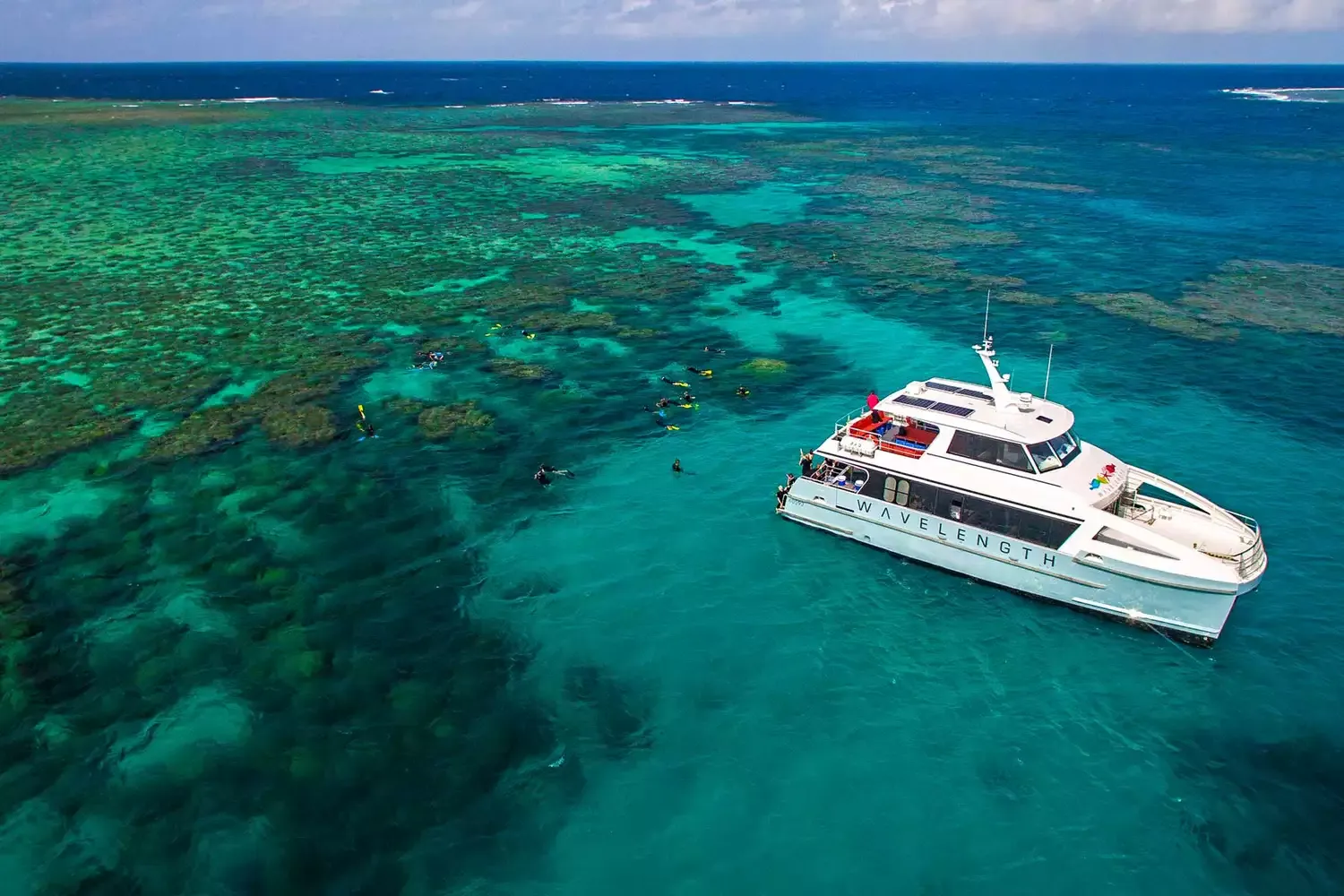
Following scientists on a mission to save the Great Barrier Reef revealed immense dedication. Witnessing coral restoration efforts, including coral larvae dispersal and addressing coral bleaching, highlighted the challenges posed by climate change. Learning about innovative solutions and the urgency to protect this invaluable ecosystem underscored the importance of global action.
The Urgency of Coral Bleaching
The most striking and concerning observation was the pervasive impact of coral bleaching. The vibrant colors I had envisioned gave way, in many areas, to a ghostly white landscape. This stark reality underscored the urgency of the situation. Bleaching, caused by rising ocean temperatures, weakens corals, making them susceptible to disease and ultimately leading to mortality. The scientists explained that prolonged periods of elevated temperatures, even by a degree or two, can trigger widespread bleaching events.
One research team I shadowed was focused on identifying and cultivating heat-tolerant corals. They were meticulously collecting fragments from corals that had survived past bleaching events, hoping that these individuals possessed genetic traits that conferred resilience. These fragments are then grown in nurseries and eventually transplanted back onto degraded reefs, a process known as coral gardening.
Innovation in Reef Restoration
Beyond coral gardening, I was amazed by the innovative technologies being deployed. From coral larval restoration techniques, which involve collecting coral spawn and seeding degraded reefs with millions of larvae, to the use of reef stabilization structures that provide a foundation for new coral growth, the scientists were exploring a diverse range of solutions. One particularly fascinating project involved the use of underwater drones to monitor reef health and identify areas in need of intervention.
The commitment to finding scalable solutions was evident. The challenge lies in moving beyond small-scale, localized restoration efforts to strategies that can have a significant impact across the vast expanse of the Great Barrier Reef. This requires a combination of scientific breakthroughs, technological advancements, and significant investment.
The Role of Water Quality
It wasn't just rising temperatures that were impacting the reef. Water quality emerged as another critical factor. Runoff from agricultural lands, carrying fertilizers and sediment, pollutes the reef waters, reducing sunlight penetration and promoting the growth of algae that can smother corals. The scientists emphasized the importance of sustainable farming practices and improved land management to minimize this impact.
They were working with local farmers and communities to implement practices that reduce runoff, such as riparian buffers (vegetated areas along waterways) and improved irrigation techniques. This collaborative approach highlighted the interconnectedness of the reef ecosystem and the surrounding landscape.
A Multi-Faceted Approach to Conservation
My experience revealed that protecting the Great Barrier Reef requires a multi-faceted approach, addressing a range of interconnected challenges. This includes:
Reducing greenhouse gas emissions to mitigate climate change and reduce the frequency and severity of bleaching events.
Improving water quality by reducing agricultural runoff and pollution.
Implementing effective reef restoration strategies, such as coral gardening and larval restoration.
Strengthening reef resilience by identifying and cultivating heat-tolerant corals.
Promoting sustainable tourism practices that minimize environmental impact.
The scientists I worked with understood this complexity and were collaborating across disciplines to develop integrated solutions. They were not only marine biologists and ecologists but also engineers, chemists, and social scientists.
Key Learning Points
To summarise the key learning points, I've presented them in the table below:
Challenge |
Impact on the Great Barrier Reef |
Scientific Solutions |
Importance of Community Involvement |
|---|
Rising Ocean Temperatures |
Coral bleaching, weakening and mortality of corals. Reduced biodiversity and ecosystem function. |
Identifying and cultivating heat-tolerant corals. Developing reef cooling technologies. |
Reducing carbon footprint through sustainable lifestyle choices. Supporting policies aimed at reducing greenhouse gas emissions. |
Poor Water Quality |
Reduced sunlight penetration, smothering of corals by algae. Increased disease susceptibility in corals. |
Implementing sustainable farming practices. Improving wastewater treatment. Restoring riparian habitats. |
Adopting responsible waste disposal practices. Supporting initiatives to reduce agricultural runoff. Participating in clean-up efforts. |
Physical Damage |
Damage to coral structures from storms, boat anchors, and unsustainable tourism practices. |
Developing reef stabilization structures. Implementing marine protected areas. Promoting sustainable tourism practices. |
Following responsible boating and diving guidelines. Supporting ecotourism operators. Advocating for stricter regulations to protect the reef. |
Crown-of-Thorns Starfish Outbreaks |
Predation on corals, leading to significant coral loss. Disruption of the reef ecosystem. |
Developing and implementing effective control measures for Crown-of-Thorns Starfish. Researching the causes of outbreaks. |
Supporting research and control programs. Reporting sightings of Crown-of-Thorns Starfish to authorities. Promoting responsible fishing practices. |
Hope for the Future
Despite the daunting challenges, I left with a sense of hope. The dedication, ingenuity, and collaborative spirit of the scientists, coupled with a growing awareness of the reef's importance, offer a path forward. The future of the Great Barrier Reef depends on our collective action – from reducing our carbon footprint to supporting sustainable practices – every effort counts towards ensuring the survival of this iconic ecosystem for generations to come.
I encourage everyone to learn more about the Great Barrier Reef, support conservation organizations working to protect it, and make conscious choices that reduce our impact on the environment. The reef's future is, in many ways, intertwined with our own.




